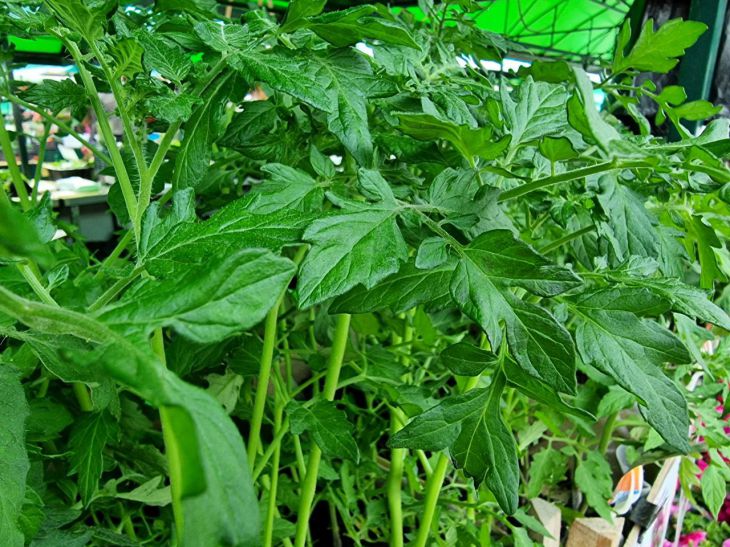How not to ruin seedlings: 3 obvious mistakes that everyone forgets about
When growing seedlings yourself, you can be sure of their quality. But only if the gardener has not made any mistakes.
Most people know the basic rules of growing - dosed watering, properly composed soil mixture, disinfected soil, lighting. But there are other mistakes. They are no less obvious, but for some reason attention is rarely paid to them.
Mistake number one: “dangerous” containers
The first and most common mistake when growing vegetable seedlings is using unwashed containers. But pathogens and pests may remain in them. This mistake alone negates the disinfection of seeds and calcination of the substrate.
Before use, the container must be washed with lukewarm water with the addition of vinegar or laundry soap (72%), which act as an effective disinfectant.
Mistake two: “dead” soil
Even novice gardeners have heard that the substrate for seedlings needs to be disinfected. It is often advised to bake the soil in the oven to kill harmful microflora. And they also often forget to say that the beneficial microflora also dies after this procedure. The soil turns out to be dead in the literal sense. And here are two problems.

Firstly, plants cannot exist without microorganisms that provide them with nutrition and protect them from diseases. Secondly, the soil will quickly be populated by new microorganisms. Harmful bacteria and fungi multiply very quickly and aggressively, and in sterile soil there are no useful microorganisms that will resist them. As a result, plants die or get sick.
After calcination, the substrate needs to be populated with beneficial microorganisms. These can be EM preparations, any products based on Trichoderma and Bacillus subtilis.
Mistake three: thickening
Everyone remembers about watering, lighting, nutritious soil, but forgets about thinning out plantings. Too dense sowing has negative consequences that are similar to overwatering, lack of light and lack of disease prevention.
Thickened seedlings become weak, elongated and susceptible to damage by diseases or pests.
And finally: always read the manufacturer's instructions on the seed packet. They provide recommendations for a specific variety, and this is very important. After all, each variety has its own characteristics - sowing time, distance between plantings, size, resistance to diseases and pests.
